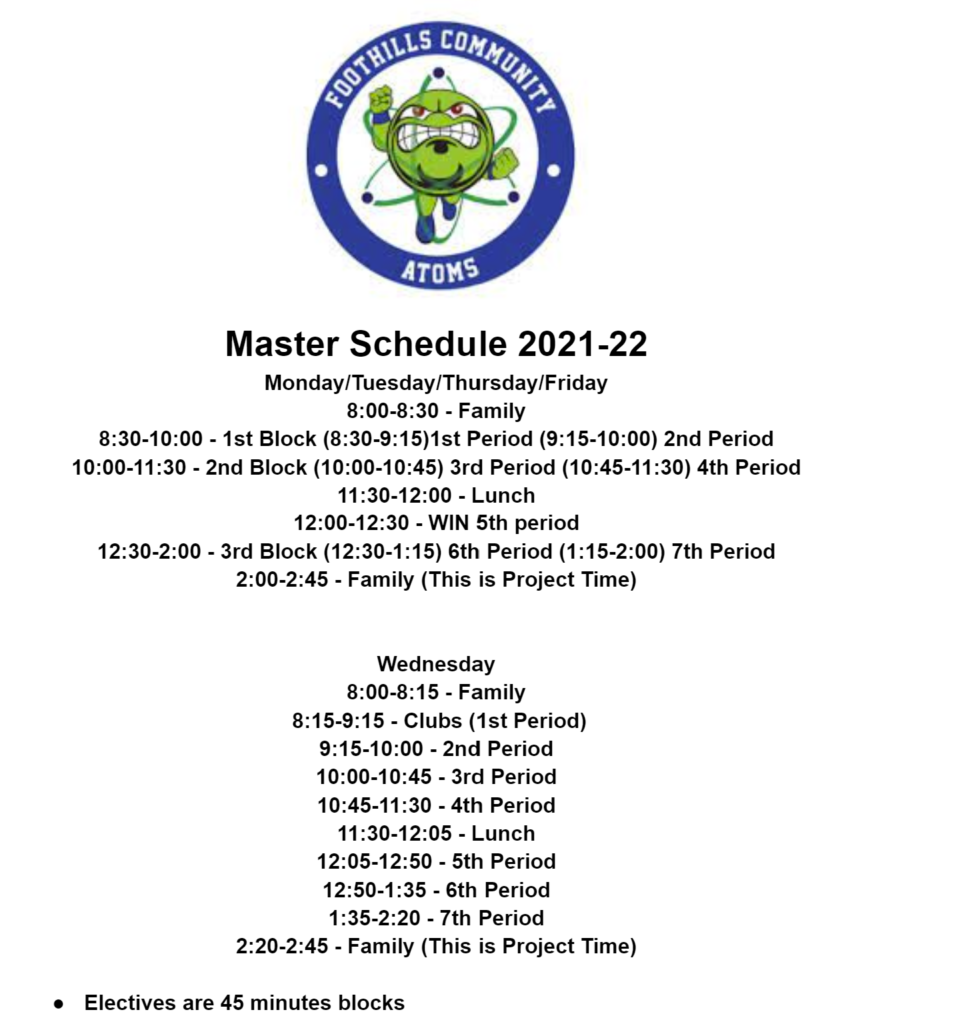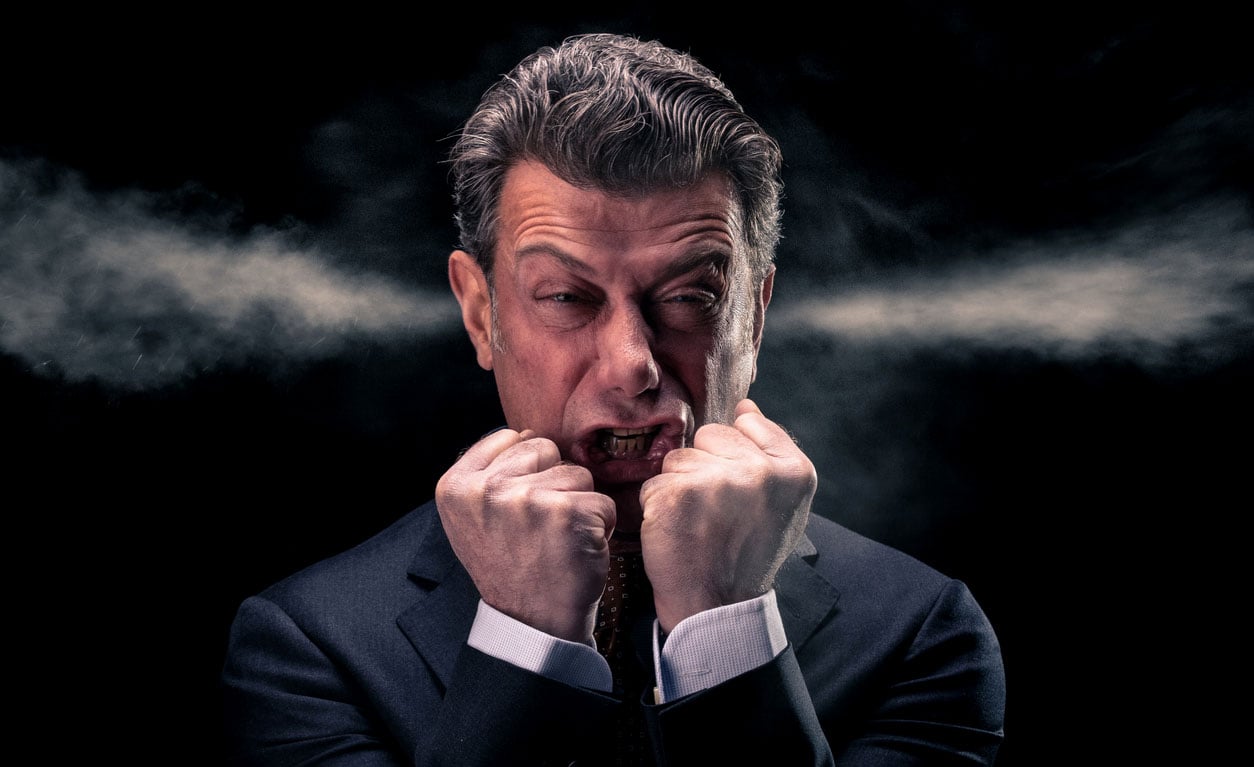At Foothills Community School, Authentic Learning Empowers Students

By Mebane Rash,
As soon as you walk in the front door of Foothills Community School — a middle grades, project-based learning, STEM-focused magnet school in McDowell County — a pig scampers up to greet you. That’s right, a real, live pig. “Kris P. Bacon” is the name of this therapy pet, which roams the school and seems integral to school culture.
Two students, Maggie Shaver and Gonzalo Castillo, followed up the greeting and stayed with me for the rest of the school visit. I didn’t sit down with the principal until the end of day. This is a school where learning is student-centered and student-driven, where students have voice and choice, where students are learning alongside other students as well as teachers.
Four projects frame the student’s experience of school:
The Picture of Us: Students learn about symbols, represent themselves and then make a collective piece of art that represents their family.
Sustainability Stewards: Students design a sustainability walk-through and then evaluate the new building and ways we could reduce our carbon footprint.
Theater: Students write, design sets, direct, design costumes, market, and act in their own full-length play.
Passion Project: Students identify through the things they learned this year something they want to dive deeper into next year.
“I’ve never been at a school where students have more choice and opportunities,” says Lori Poteat, a math teacher.
It’s not quiet. Music plays in the classrooms, and 30-second dance parties seem to just happen.
The learning also happens out loud. “You can hear it in the noise,” says Superintendent Mark Garrett. “They are in charge of their own learning.”
You can also see the learning happening.
The school recently celebrated Pi Day, and starting in the front hallway and extending all the way down the hallway, around the corner, and on and on, wall after wall, were the numbers of the ratio.
A model of a future city sits in the same front hallway with an award for best use of waste solutions during National Engineers Week, honoring the innovative thinking of the students who used the following words to guide their project design: rethinking, repairing, recovering, reusing, recycling, refusing, reusing, refurbishing, and reducing.
In a science class, where a chameleon monitors what’s going on, students are doing a lab tracing the evolution of different animals and organisms. When they get to chemistry, exploding gummy bears is a class favorite.
In a classroom down the hall, students are performing a pickle autopsy.
In another classroom, students are studying the poem, “There will come soft rains” by Sara Teasdale to think about the lasting beauty of nature.
One student told me, “Here, my education is aligned with my workforce dream.” She wants to be a neonatologist.
The school focuses on hands-on learning, says Emily Carpenter, a science teacher. She says she wants the students up and moving and away from their desks.
Christian MacLeod, a social studies teacher, says the guiding question when teachers reflect on the learning experience is: Are students thinking and learning? “That’s what it is all about for us,” he says.
“They’ll amaze you,” says Principal Melanie Shaver about students presented with opportunities to engage in learning, to share their thinking, and to demonstrate how they can apply their knowledge. She’s built a school culture that empowers students.
Superintendent Garrett says, “The relevance is built in. It’s replicable.”
Dare to be different
“Dare to be different fighting atoms” reads this mural of the school mascot in the entrance into Foothills Community School. Students learn differently, but teachers also teach differently.
“Bottom line,” says Superintendent Garrett, “This is different.”
“I think people in their minds,” he says, “are like oh, ok, this is different.”
“No,” he emphasizes, “this is different. It’s a different way to teach. It’s a different ask of you as an educator.”
Meet Susan Yergler, an English Language Arts teacher. She says we need to teach from the inside-out.
She says it all begins with: Who are you?
“I mean: who are you? Are you a morning person? A night person? A coffee person? A don’t-talk-to-me-until-8 a.m. person? Do you eat salad? Beets? Taco pizza? Play the ukulele? Do you have a good-luck charm?”
“Tell me,” she says, “do you doodle?”
“Tell me,” she says, “what do you dream?”
“Tell me,” she says, “what’s funny in your world?”
“What do you find beautifully, poignantly absurd?
What’s real?”
Teaching, says Yergler, starts with teaching from that authentic “you” place.
Here she writes about how to build community in a virtual classroom. And, by the way, she also writes novels and short stories.
Other educators on the faculty of Foothills Community School are similarly accomplished. Sandra Gunter is a rocket scientist. MacLeod is a cryptid hunter and can be seen on television shows like “Into the Unknown” when he is not in the classroom.
Here is the class schedule, which is also different. Note the “family” time, which in other schools might be called homeroom.

DPI’s Promising Practices
Earlier this year, the Department of Public Instruction launched a promising practices initiative, including an online dashboard spotlighting schools and districts across North Carolina.
One of the promising practices highlighted on the dashboard is authentic student learning. Here is DPI’s infographic on Foothills Community School so you can learn more about the research behind the learning environment, how they utilize standards-based grading, and how they hire educators.
Explore the school with this interactive, immersive experience.
This article first appeared on EducationNC and is republished here under a Creative Commons license.![]()
—
This post was previously published on ednc.org under a Creative Commons License .
***
You may also like these posts on The Good Men Project:
 White Fragility: Talking to White People About Racism White Fragility: Talking to White People About Racism |
 Escape the “Act Like a Man” Box Escape the “Act Like a Man” Box |
 The Lack of Gentle Platonic Touch in Men’s Lives is a Killer The Lack of Gentle Platonic Touch in Men’s Lives is a Killer |
 What We Talk About When We Talk About Men What We Talk About When We Talk About Men |
—
Photo credit: iStockPhoto.com
The post At Foothills Community School, Authentic Learning Empowers Students appeared first on The Good Men Project.
